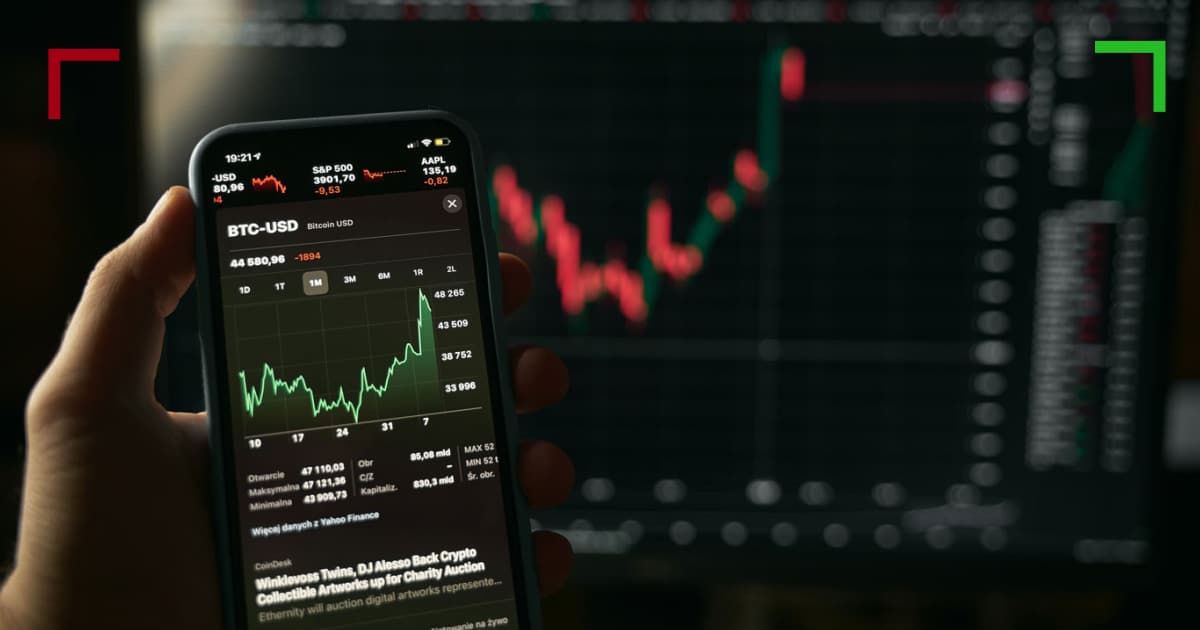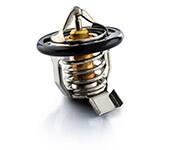Understanding Crypto Trading Support Levels 6

Crypto Trading Support Levels
In the dynamic world of cryptocurrency trading, understanding support levels is crucial for both novice and seasoned traders. Support levels represent a price point where a cryptocurrency tends to stop declining and might even reverse its trend. When traders identify these levels accurately, they can make informed decisions about when to buy or sell a particular asset. For a deeper understanding of how to implement trading strategies effectively, you can refer to Crypto Trading Support Levels https://www.yenisonuc.com/index.php/2025/02/13/desktop-version-of-the-exness-mt4-services-how-to-do-it-right/.
What are Support Levels?
Support levels act like a safety net for asset prices. In the context of cryptocurrency, these levels are determined by previous price data and serve as a significant indicator for traders. When the price of a cryptocurrency drops to a support level, it may prompt traders to buy, believing that the asset is undervalued, thus pushing the price back up. Conversely, if the price breaks below a support level, it could signal further declines, prompting sellers to take action.
How to Identify Support Levels?
Identifying support levels requires analyzing historical price data and patterns. Here are some key methods to pinpoint these levels:
- Historical Price Points: One of the simplest methods is to look at historical charts. Identify areas where the price consistently bounced back upwards after hitting a certain point.
- Moving Averages: Utilizing moving averages can help smooth out price data and identify trends. The 50-day or 200-day moving averages are often used to find key support levels.
- Fibonacci Retracement Levels: Many traders use Fibonacci retracement levels to determine potential reversal points. These levels are derived from the Fibonacci sequence and can indicate where prices may find support.
- Trendlines: Drawing trendlines on price charts can help visualize support levels. An upward trendline can serve as a support level as long as the price remains above it.

The Importance of Support Levels in Crypto Trading
Support levels are essential for effective trading strategies. They can guide traders on when to enter or exit positions, and help manage risks.
- Risk Management: Knowing where the support levels lie can help traders set stop-loss orders effectively. If the price hits a strong support level, traders might avoid exiting their positions prematurely.
- Buying Opportunities: Support levels often present ideal buying opportunities. If traders believe a cryptocurrency is undervalued at these levels, they can capitalize on potential upward movements.
- Market Sentiment: The reaction of traders at support levels can provide insights into market sentiment. A strong bounce at a support level may signal bullish sentiment, while a breach below this level can indicate a bearish trend.
Trading Strategies Involving Support Levels
Here are some strategies that traders often employ to integrate support levels into their trading decisions:
1. Bounce Trading
This strategy focuses on buying an asset at or near a support level, anticipating it will bounce back. Traders should ensure that the level has shown previous strength before executing this strategy.
2. Breakout Trading

Some traders look for breakouts below a support level. If a cryptocurrency breaks through and closes beneath a significant support level, it may indicate further declines. This could be a signal for traders to sell or short the asset.
3. Confirming Support Levels with Volume
The concept of volume can significantly enhance the reliability of support levels. High trading volume as a price approaches a support level can confirm its strength, while low volume can indicate a lack of conviction among traders.
Using Indicators to Enhance Support Level Analysis
Many traders use technical indicators alongside support levels to refine their strategies. Some popular indicators include:
- Relative Strength Index (RSI): This momentum oscillator can help determine if an asset is overbought or oversold, providing additional context around support levels.
- MACD (Moving Average Convergence Divergence): This trend-following momentum indicator can help identify changes in the strength, direction, and momentum of an asset’s price.
- Volume Indicators: Monitoring volume can provide insight into the strength of a support level when combined with price action.
Conclusion
Understanding crypto trading support levels is essential for anyone looking to navigate this volatile market successfully. By identifying and utilizing these levels, traders can make better-informed decisions, manage risks effectively, and potentially increase their profitability. As with any trading strategy, continuous learning and adapting to market conditions are vital for long-term success in crypto trading.


























